
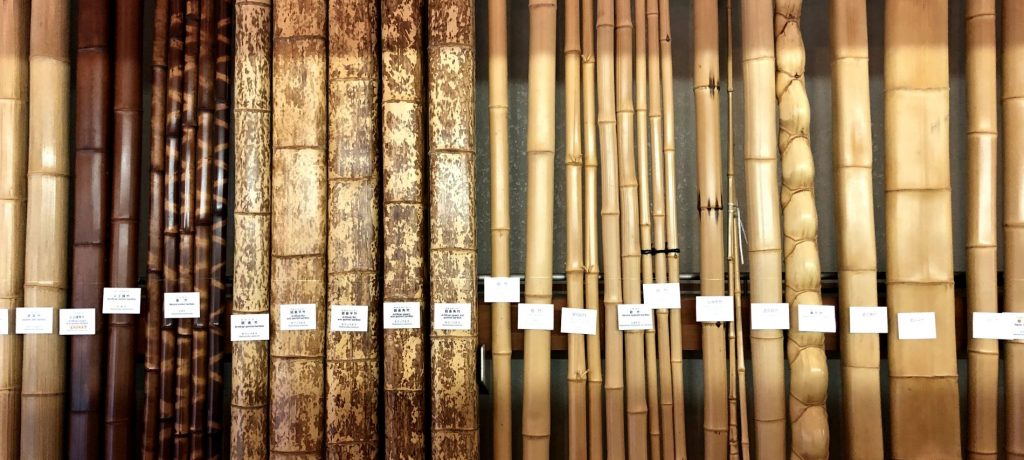
Bamboo is one of the most unbelievable plants that we have on this planet. Not only can it grow by almost 1 meter in a 24 hour period, it can also be used for a huge amount of things. Musical instruments, sports equipment, drainage pipes, building materials, toys, furniture, tools, cutlery, and the first ever lightbulbs to name just a few. And, it tastes great too!
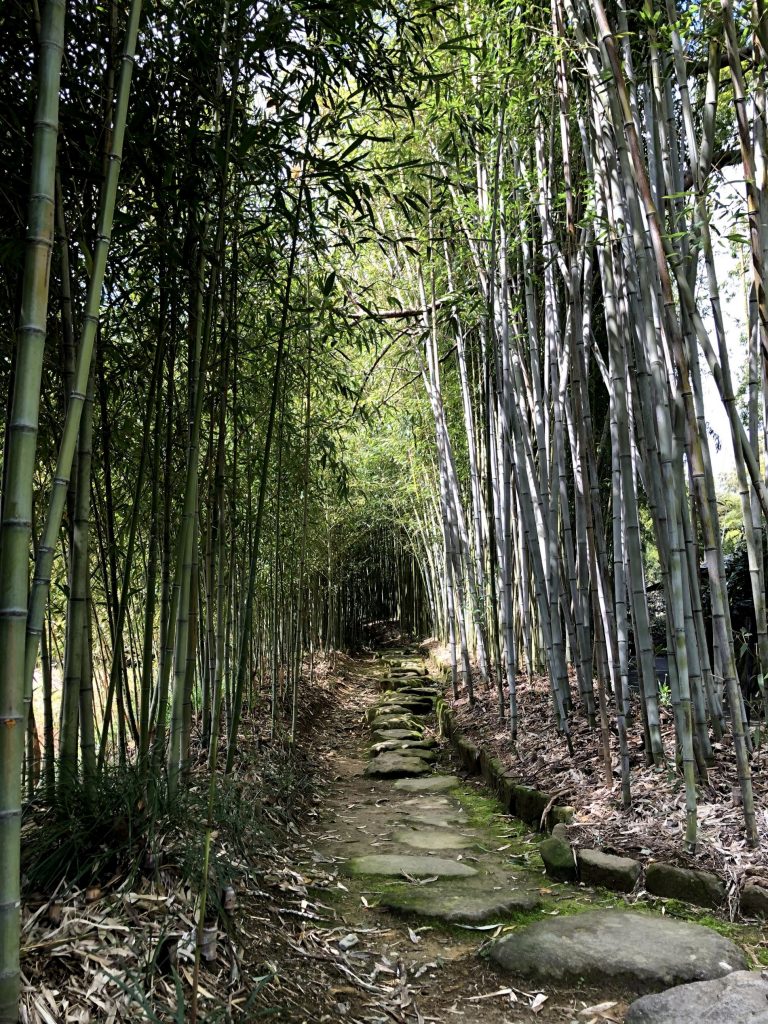
For bamboo in Kyoto, most people will head straight for Arashiyama’s bamboo forest, and while not a bad place, it falls well short of what the Rakusai Bamboo Park can offer. Located in Rakusai New Town, the park was created by the late Dr. Koichiro Ueda (known around the world as Dr. Bamboo) and aims to inspire people to take a deeper interest in bamboo, and from my experience there, it really can deliver on this.
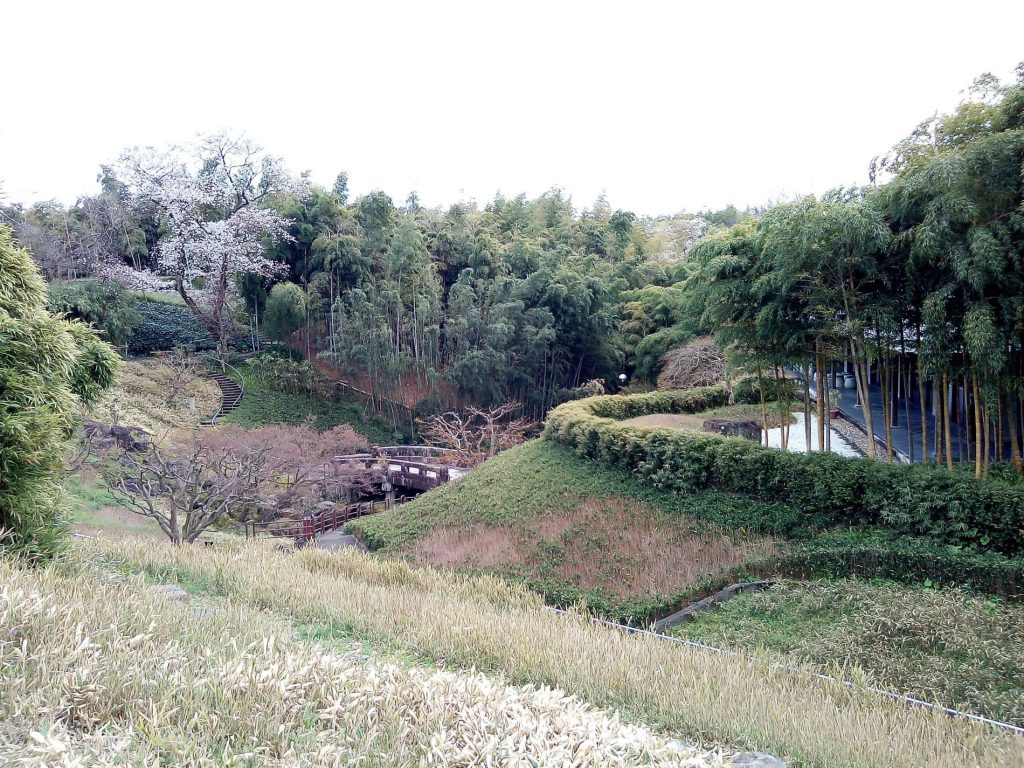
Although quite compact, the public area of Rakusai Bamboo Park contains over 100 species of bamboo and a wealth of information about it in the adjoining museum. Highlights in the museum include Thomas Edison’s first light bulb, which was made using a thin bamboo filament grown in Yawata, Kyoto prefecture. Edison tested thousands of carbonised organic filaments before settling on bamboo and residents of Yawata are quite proud of this history. As such there is an ‘Edison Street’ as well as a monument to the inventor there.
The museum also provides details on how bamboo grows, and not wanting to spoil everything before your visit, some tidbits include that it grows as a colony, with individual branches only growing for the first sixty days of their ten year lifespan. For more information, please visit yourself! If Mr. Nishimura is present, he will be able to share a lifetime’s worth of knowledge and passion about bamboo.
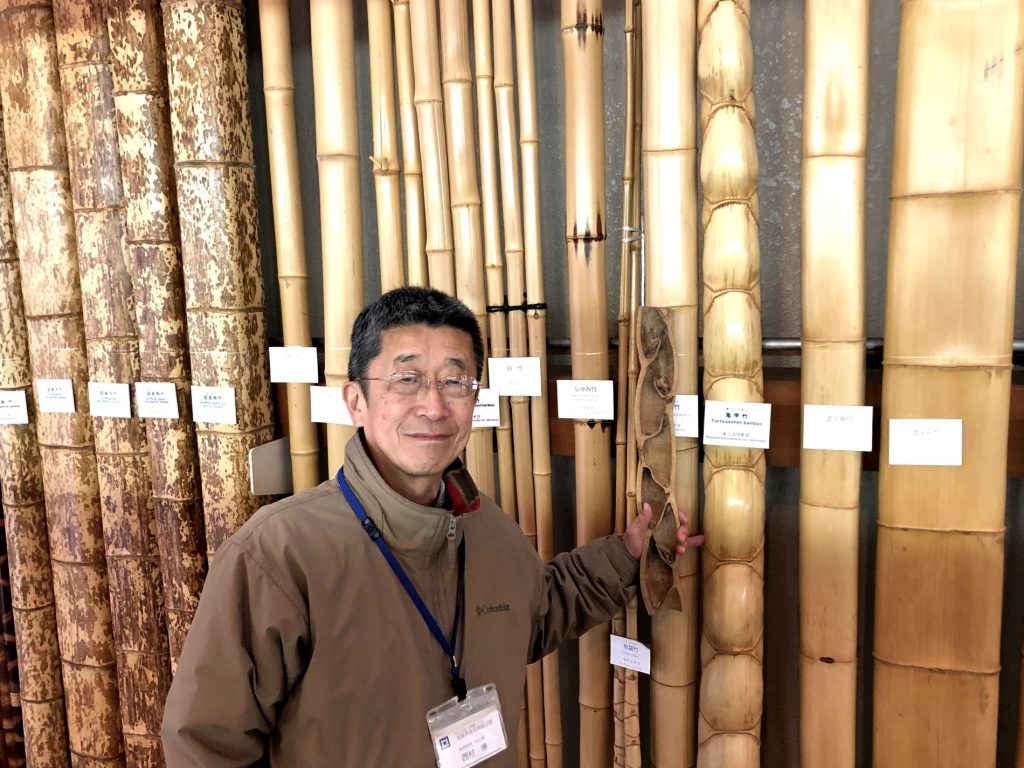
Mr Nishimura is ready to explain all!
Not to be overshadowed by the museum, the garden is also quite spectacular. As mentioned earlier there are over 100 varieties of bamboo within the grounds, and all can be seen up close while walking along the meandering paths and lawns. Some of the most memorable bamboo species for me include the kikio-chiku, tortoise shell bamboo, which was the result of a mutation and is only cultivated in Kyoto.
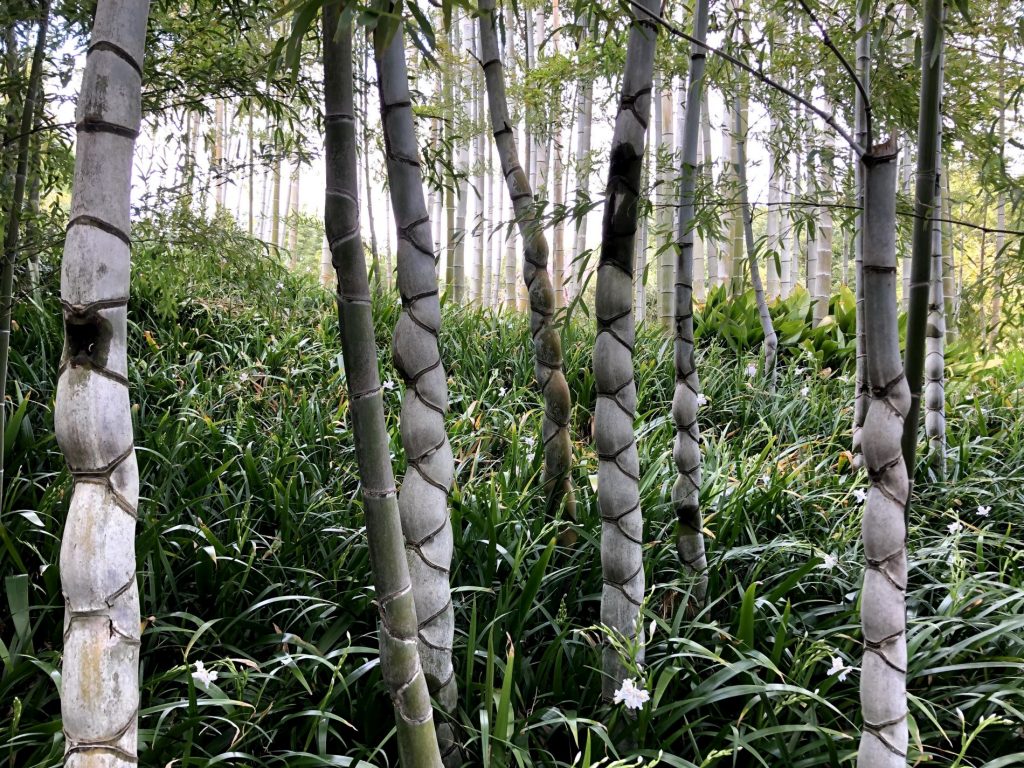
kikio-chiku
Kuro-chiku, black bamboo that looks like something out of a fantasy story.
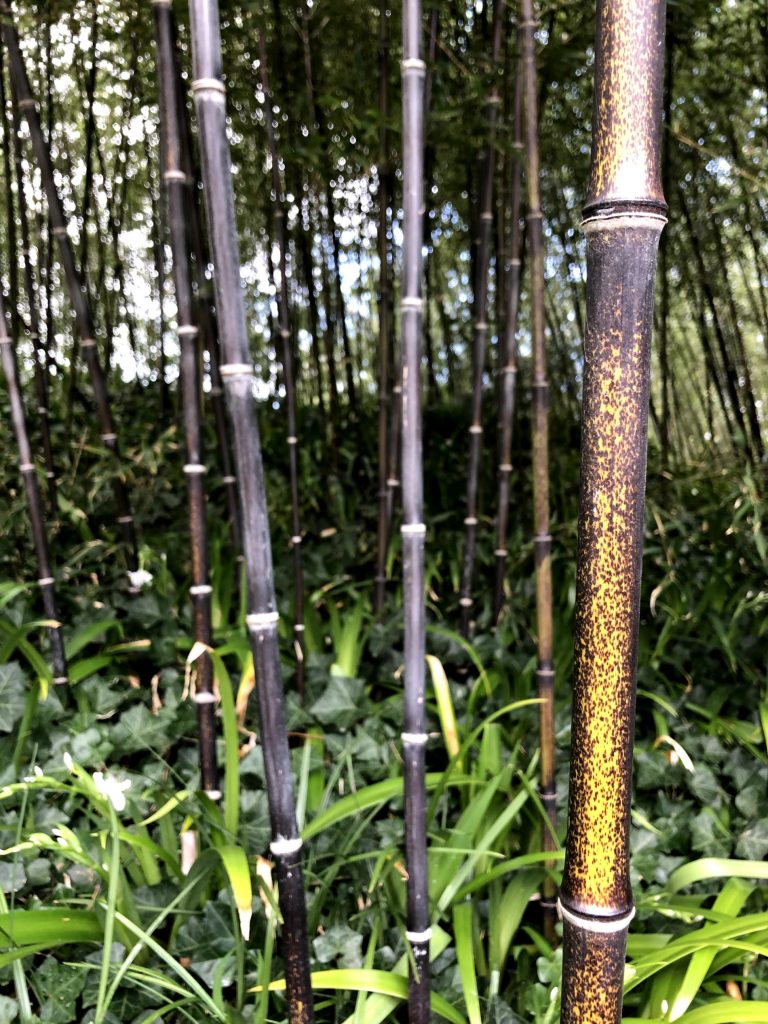
Kuro-chiku
And Kinmei Mosumo, a beautiful green and golden striped bamboo designated a Natural monument by the government of Japan.
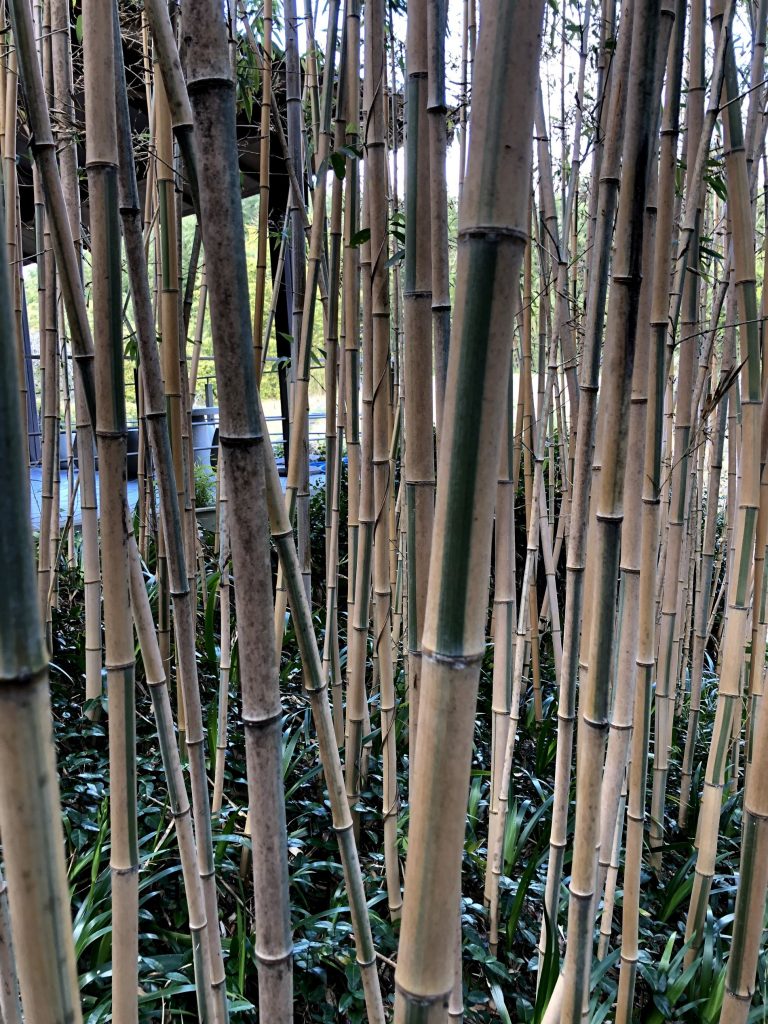
Kinmei Mosumo
The garden also includes some impressive architectural features, including the Dodo bridge, a stone monument with a bloody history dating back more than 600 years. During the Onin War (1467-1477), two armies led by Hosokawa Katsumoto and Yamana Sôzen fought on either side of the bridge numerous times. The bridge was originally located over the Kokawa river, but when the waterway was filled in in the 1960’s, the bridge stones were relocated to several locations including The Bamboo park, as well as Muromachi elementary school.
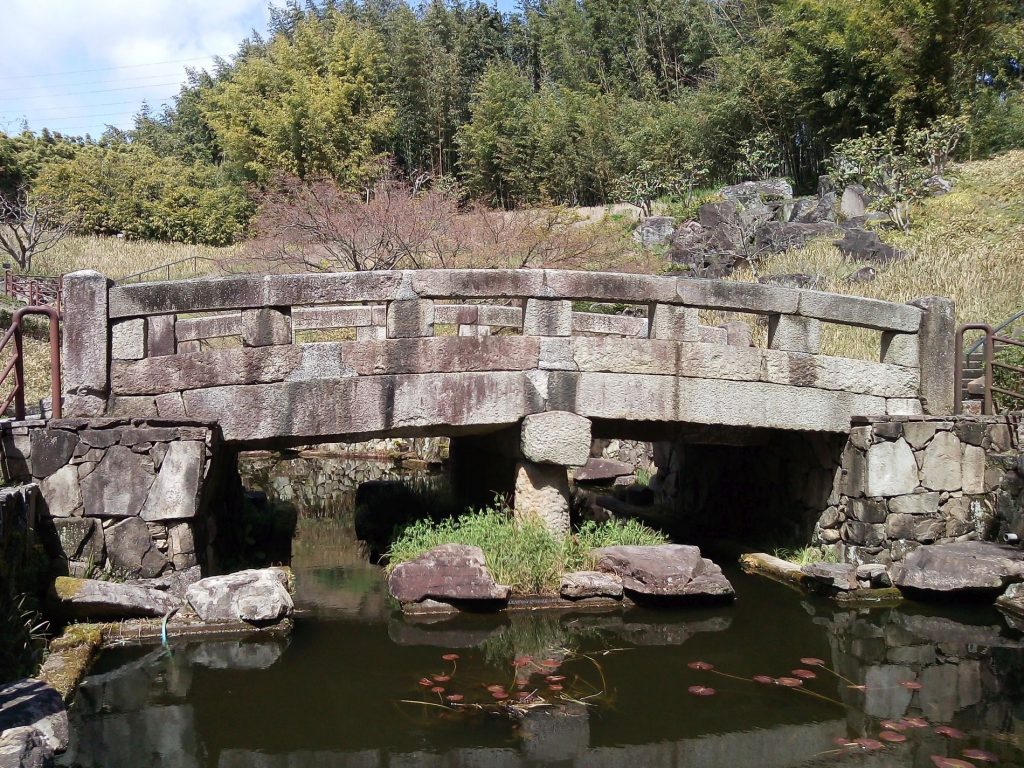
A large number of buddha statues can also be found in the garden, with a claim that they were originally part of the walls of Nijojo castle. They were discovered during the construction of Kyoto’s subway system, and were transported to Rakusai Bamboo Park for safe keeping.
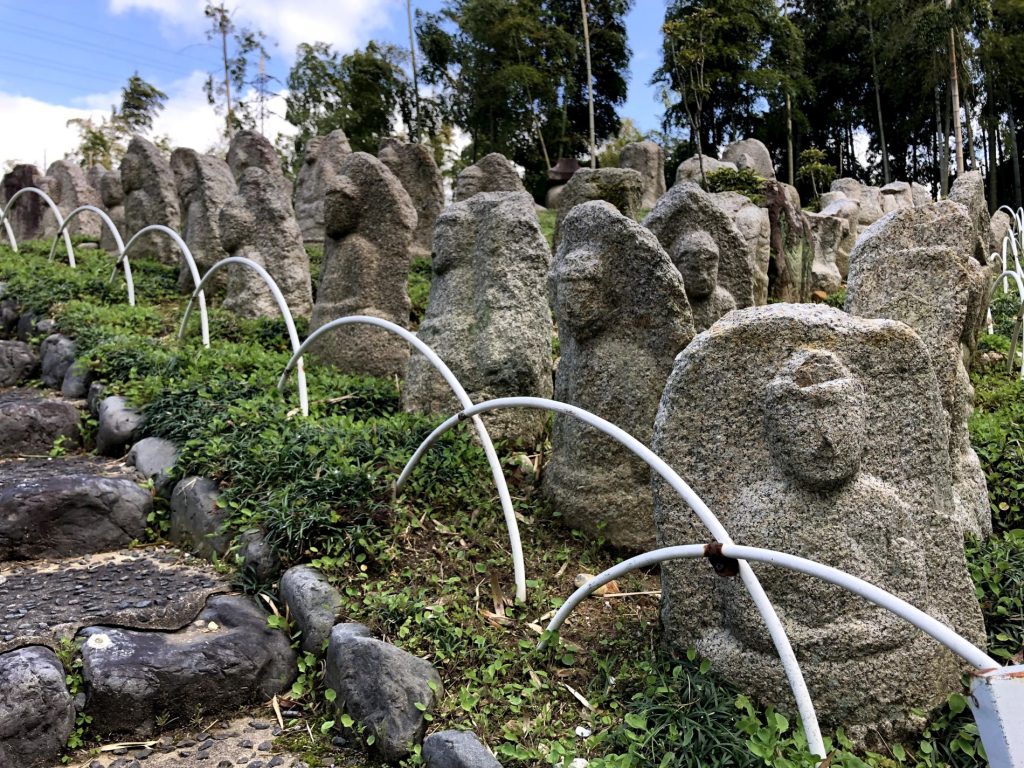
All in all, the park is a great place to learn about bamboo, see some interesting monuments, and enjoy a lovely garden. It is also completely free! There are usually very few people there as well, making it a peaceful place to explore away from the crowds of Kyoto. The walk up to the park also goes through several active bamboo farms, giving you a chance to see farmers digging up shoots, or managing the plants depending on the season.
Harry Hammond is an Englishman lost in Kyoto, with a passion for history and architecture. He loves finding the hidden stories and history behind both the famous and the unknown buildings that shape this beautiful city.